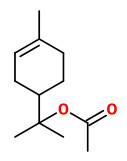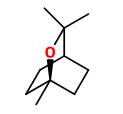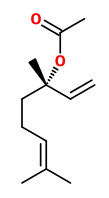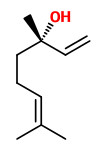Dies ist eine alte Version des Dokuments!
Elettaria cardamomum (L.) Maton - Zingiberaceae
cardamom, true cardamom, green cardamom, Malabar cardamom, Kardamom, Cardamom, Grüner Cardamom
Perennial, native to South India, cultivated as spice plant in Java, South India, Sri Lanka; up to 2.70m high; leaves lanceolate, 30-60cm long by 7.5cm wide; flowers born in a loose spike, white with a pink- to violet-streaked lip; fruit a subglobose or oblong, 3-celled capsule, pale green to fawn.
„The three natural varieties of green cardamom plants are Malabar, Mysore and Vazhuka… The most popular high-yielding variety is 'Njallani'.“
http://en.wikipedia.org/wiki/Cardamom
„Ground cardamom is an ingredient in many Indian curries and is a primary contributor to the flavour of masala chai. In Iran, cardamom is used to flavour coffee and tea. In Turkey, it is used to flavour the black Turkish tea, kakakule in Turkish.“
http://en.wikipedia.org/wiki/Elettaria_cardamomum
„In European cuisine, the spice is mainly used in Christmas cookies such as gingerbread and speculoos, but also in sausages, liqueurs, chocolate and as an ingredient in spice mixtures.“ http://de.wikipedia.org/wiki/Gr%C3%BCner_Kardamom
„Elettaria cardamomum var.minor comprises all the cultivated types, while E. cardamomum var.major Thw. denotes wild types native to southern India and Sri Lanka. Var. major is the more primitive variety from which the cultivated var. Minor is derived. All varieties and races are interfertile and the observed variations are due to natural crossing.“
[Small Cardamom, byB. Chempakam and S. Sindhu, in: Parthasarathy, Villupanoor A., Bhageerathy Chempakam, and T. John Zachariah, eds. Chemistry of spices. CABI, 2008, 41ff]
Mature capsules of cardamom contain 5% of an essential oil with α-terpinyl acetate (45%) and 1,8 cineole (25%) as major constituents. Other compounds present are sabinene (7%), linalool (7%), myrcene (4%), linalyl acetate (3%), β-terpineol (2%), α-pinene (1%), nerol (1%), neryl acetate (1%), p-cymene, nerolidol.
[Some Studies on the Effect of Maturity and Storage on the Chlorophyll Content and Essential Oils of the Cardamom Fruit (Elettaria cardamomum). Subaddarage J. Sarath Kumara, E. Vellupillai Packiyasothy and Errol R. Jansz, J. Sci. Food Agric. 1985, 36, 491-498]
Although many essential oils/superfluid extracts (like lavender, lavandin and bergamot) provide (R)-linalyl acetate with high enantiomeric excess, E.cardamomum oil contained pure (S)-linalyl acetate and (S)-linalool (coriandrol) with high enantiomeric excess (higher than in rosemary).
[Enantiomeric distribution studies of linalool and linalyl acetate. A powerful tool for authenticity control of essential oils., Casabianca, H., Graff, J.B., Faugier, V., Fleig, F., Grenier, C., Journal of high resolution chromatography, 21(2), 1998, 107-112]
The volatile oil of the seeds obtained by supercritical CO2 extraction (5.5%) showed α-terpinyl acetate (42.3%), 1,8-cineole (21.4%), linalyl acetate (8.2%), limonene (5.6%) and linalool (5.4%) as main constituents. „A comparison with the hydrodistilled oil, obtained at a yield of 5.0%, did not reveal any consistent difference.“
[Comparative analysis of the oil and supercritical CO2 extract of Elettaria cardamomum (L.) Maton., Marongiu, B., Piras, A., Porcedda, S., Journal of agricultural and food chemistry, 52(20), 2004, 6278-6282]
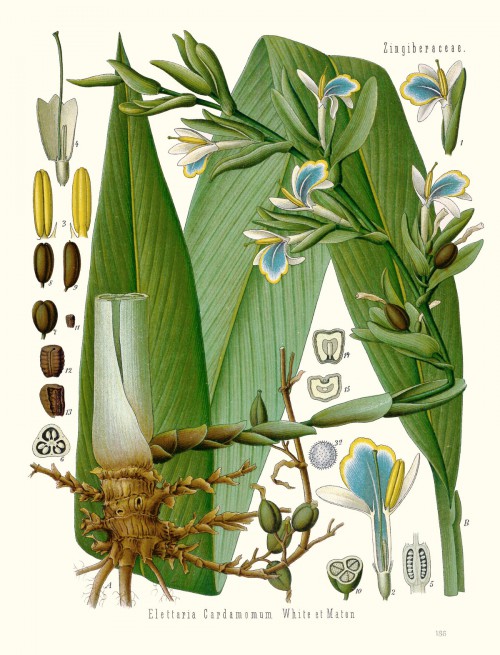
Köhler, F.E., Medizinal Pflanzen, vol.2 t.186 (1890)
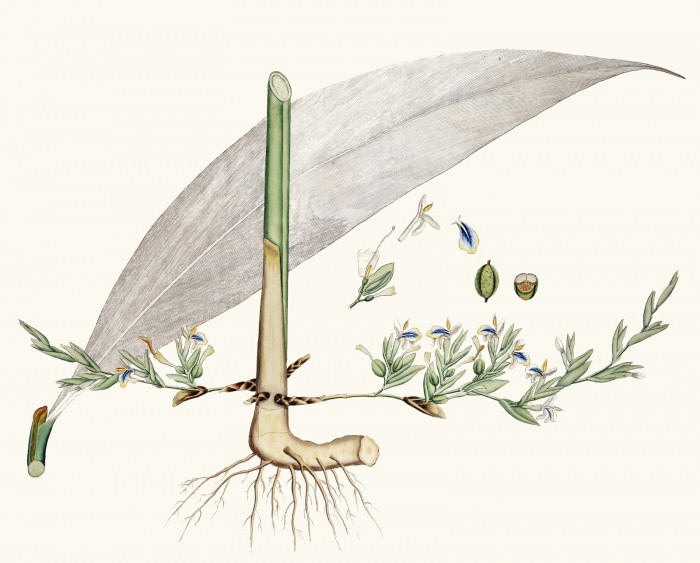
Elettaria cardamomum (L.) Maton as Amomum cardamomum L., Roxburgh, W., Plants of the coast of Coromandel, vol. 3 t.226 (1819)
http://www.plantillustrations.org/species.php?id_species=379089

